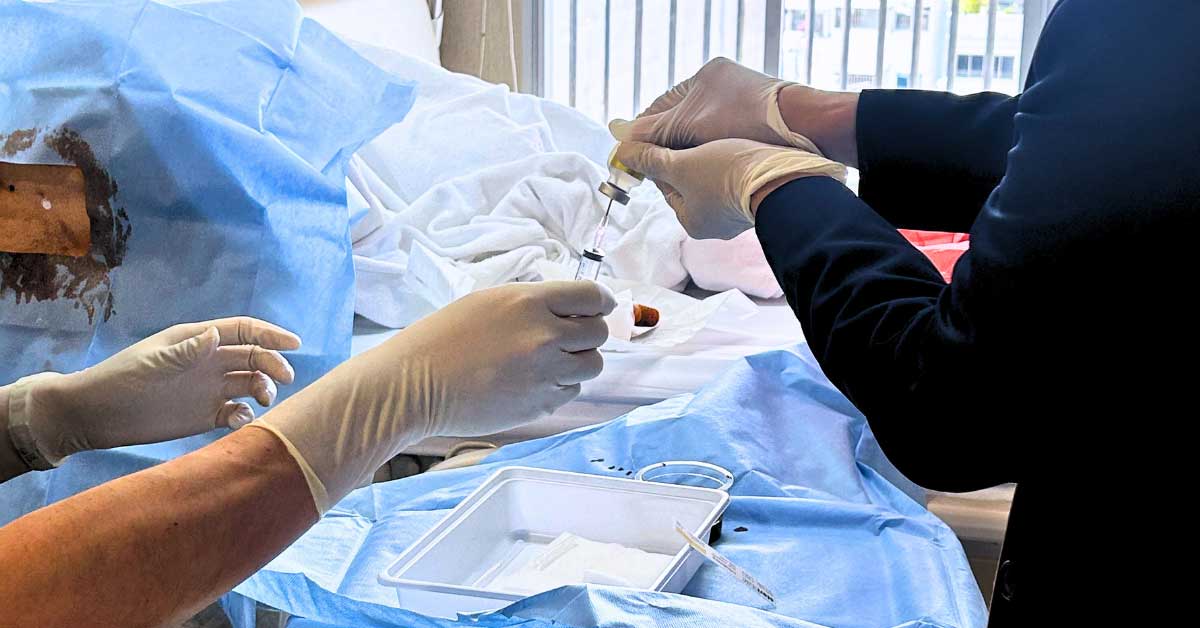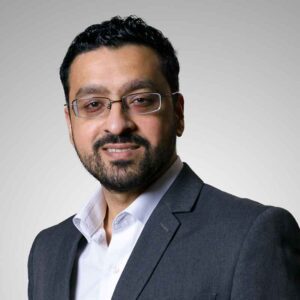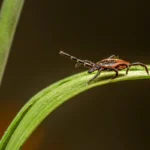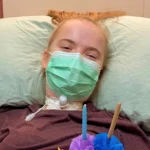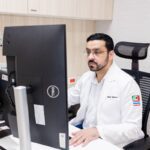Verita Neuro is at the forefront of medical innovation, offering advanced Stem Cell treatment for Amyotrophic Lateral Sclerosis (ALS) and other Motor Neuron Diseases (MND) at our state-of-the-art facility in Mexico. Our tailored therapies leverage the latest in regenerative medicine to provide patients with new hope and possibilities for recovery, supported by a team of experts dedicated to delivering exceptional care and cutting-edge solutions.
Motor neuron diseases (MNDs) are a group of progressive neurodegenerative conditions resulting in movement disorders and progressive muscle weakness. There are many different types of MNDs resulting in a vast array of symptoms with different prognoses. Amyotrophic Lateral Sclerosis (ALS), also called Lou Gehrig’s Disease, is a classical and most prevalent form of MNDs. Other conditions include Primary Lateral Sclerosis (PLS), Spinal Muscular Atrophy (SMA), Progressive Bulbar Palsy (PBP), and hereditary Spastic Paraplegia (HSP).
Prevalence and Causes
The global incident rate for ALS is between 2 and 3 per 100,000 with the highest prevalence in high-income Asia Pacific and the lowest in South and East Asian communities. The survival rate is higher in heterogenous and mixed ancestral populations. The average survival rate in the European population is 2 years while in South-East Asia it is 4 years.
In around 90% of the cases, there is no known cause while in other 10% there is a known genetic cause of pre-disposition. Among the cases known to have a genetic cause the most commonly found genetic cause is a mutation in the SOD-1 gene which is responsible for making an anti-oxidant enzyme called Superoxide Dismutase (SOD-1). Lack of SOD-1 enzyme results in increased oxidative stress, neuroinflammation and toxicity in the central nervous system which ultimately results in the destruction of motor neuron disease.
Although in a great majority of the patients, there is no known cause it is strongly believed that the disease is caused by a combination of certain genetic factors, lifestyle and environmental factors, all coming together to cause neurotoxicity, oxidative stress and ultimate destruction of motor neurons.
Current treatment offered for ALS
There is, unfortunately, no known cure for MNDs. The FDA-approved drugs called Riluzole and Edaravone are the most commonly used treatments, both exerting various levels of antioxidant effects. The efficacy is, however, very limited with both drugs only resulting in the median survival rate of few months. Many patients try various levels of nutritional remedies in order to slow down oxidative stress.
Stem Cell Treatment for MNDs
Stem Cell treatment, although not new, is one of the alternative treatments available to many MND patients. Stem Cells have unique and natural properties making them a unique therapeutic candidate to treat MNDs. The major properties of stem cells include:
- Anti-inflammatory and anti-oxidant properties: Stem Cells: stem cells naturally possess anti-inflammatory and anti-oxidant properties, mediated through various growth factors and cytokines. They release various growth factors and proteins resulting in reduced neuro-inflammation and neuro-toxicity. They exert what are called “anti-gliotic” properties because astrocytes and glial cells are target of inflammation and toxicity in the nervous system.
- Regenerative Effects: Stem cells promote the growth of axons and nerve cells which not only has the potential to slow down the disease process but also may result in reversal of the disease in some patients.
Stem Cell Treatment at Verita Neuro
Verita Neuro is a pioneer in treating various forms of motor neuron diseases including ALS and had been offering cutting-edge solutions based on regenerative medicine since 2016. At Verita Neuro, we utilize two different types of stem cells called “Mesenchymal stem cells” and “Amniotic fluid stem cells”, both unique in their own ways. Since 2018 Verita Neuro has been offering Amniotic Fluid derived stem cell treatments for many MND, especially ALS patients. These cells are a form of mesenchymal stem cells albeit relatively premature, younger and possess certain characteristics making them a prime candidate in ALS treatments. These cells possess certain additional surface markers including OCT-4 which results in increased “pluripotency” of these cells. These cells also have classical surface markers of Mesenchymal stem cells resulting in strong-anti-oxidant and anti-inflammatory properties.
Combining Therapies for Enhanced Effectiveness
Along with stem cell treatments Verita Neuro also offers comprehensive rehabilitation and neurostimulation protocols including physiotherapy, occupational therapy, speech therapy and Paired-Associative-Stimulation (PAS).
PAS is a unique therapy which combines repetitive Transcranial Magnetic Stimulation (rTMS) and Peripheral Electrical Stimulation. This combination is used to stimulate both the central nervous system and peripheral nervous system at the same time and had been shown to enhance the nerve connections in many patients suffering from neurological disorders.
References
- Tiryaki E, Horak HA. ALS and other motor neuron diseases. Continuum. (2014) 20:1185.207.10.1212/01.CON.0000455886.14298.
- Chiò A, Logroscino G, Traynor BJ, Collins J, Simeone JC, Goldstein LA, et al.. Global epidemiology of amyotrophic lateral sclerosis: a systematic review of the published literature. Neuroepidemiology. (2013) 41:118–30. 10.1159/000351153
- Deans RJ, Moseley AB. Mesenchymal stem cells: biology and potential clinical uses. Exp Hematol. 2000;28:875–884. doi: 10.1016/S0301-472X(00)00482-3.
- Sadan O, Melamed E, Offen D. Bone-marrow-derived mesenchymal stem cell therapy for neurodegenerative diseases. Expert Opin Biol Ther. 2009;9:1487–1497. doi: 10.1517/14712590903321439.
- Mazzini L, Ferrero I, Luparello V, et al. Mesenchymal stem cell transplantation in amyotrophic lateral sclerosis: a phase I clinical trial. Exp Neurol. 2010;223:229–237. doi: 10.1016/j.expneurol.2009.08.007
- Hardiman O, Al-Chalabi A, Chio A, Corr EM, Logroscino G, Robberecht W, Shaw PJ, Simmons Z, van den Berg LH. Amyotrophic lateral sclerosis. Nat Rev Dis Primers. 2017 Oct 05;3:17071.
- Dileone, M.; Profice, P.; Pilato, F.; Ranieri, F.; Capone, F.; Musumeci, G.; Florio, L.; Di Iorio, R.; Di Lazzaro, V.Repetitive Transcranial Magnetic Stimulation for ALS. https://doi.org/10.2174/187152710791292620.
- Traynor BJ, Codd MB, Corr B, Forde C, Frost E, Hardiman OM. Clinical features of amyotrophic lateral sclerosis according to the El Escorial and Airlie House diagnostic criteria: A population-based study. Arch Neurol. 2000 Aug;57(8):1171-6.
- Abe K, Itoyama Y, Sobue G, et al. Confirmatory double-blind, parallel-group, placebo controlled study of efficacy and safety of edaravone (MCI-186) in amyotrophic lateral sclerosis patients. Amyotroph Lateral Scler Frontotemporal Degener. 2014;15(7–8):610–617.

